With the grim ubiquity of tourists and chain restaurants, it might now be hard to imagine that Soho was once a paradise for punks and pariahs. 40 years ago, in the heart of this paradise, you’d have found The Batcave. Opening in 1982, upstairs at 69 Dean Street, the night took over The Gargoyle Club – once a private members affair where artists like Henri Matisse and Francis Bacon were regulars. By the early 80s, the beautiful freaks and weirdos of London would make a pilgrimage there every Wednesday to dance all night to glam rock and post-punk. Emerging bands like Alien Sex Fiend, Specimen and Sexbeat would grace The Batcave stage, experimenting with a darker, rawer take on punk rock as the likes of Robert Smith, Siouxsie Sioux and Nick Cave watched on from the audience. It was within those four walls, in the small hours of the morning, that goth was born — a subculture that endures in everything from TikTok’s #whimsigoth aesthetic to Saint Laurent Men’s AW23 and Tim Burton’s Wednesday Addams.
In September 1982, Jonny Melton escaped the quiet of his rural hometown in The Fens and moved to London. On arrival, he dived headfirst into punk, fashion and the beguiling possibilities the city had to offer. He began writing his life as if it were a novel, casting himself as Jonny Slut; the flamboyant, androgynous protagonist, complete with fishnets, makeup and a huge backcombed mohawk. On Jonny Slut’s first visit to The Batcave, he was scouted by members of house band Specimen and adopted as their keyboard player. His status as a goth icon was set in stone. Jonny’s image and unique look became synonymous with the London goth scene, even appearing on the cover of Time Out in 1983 under the headline GOTHIC PUNK. If you’ve ever googled “80s goth”, you’ve most likely seen a photo of him in all his macabre majesty.
This month, to celebrate 40 years of the subculture, Jonny and some of his fellow goths are collaborating on a book and record collection called The Story of The Batcave Nightclub. Ahead of its release, we spoke with Jonny about existing at the centre of the scene and the cult of The Batcave.
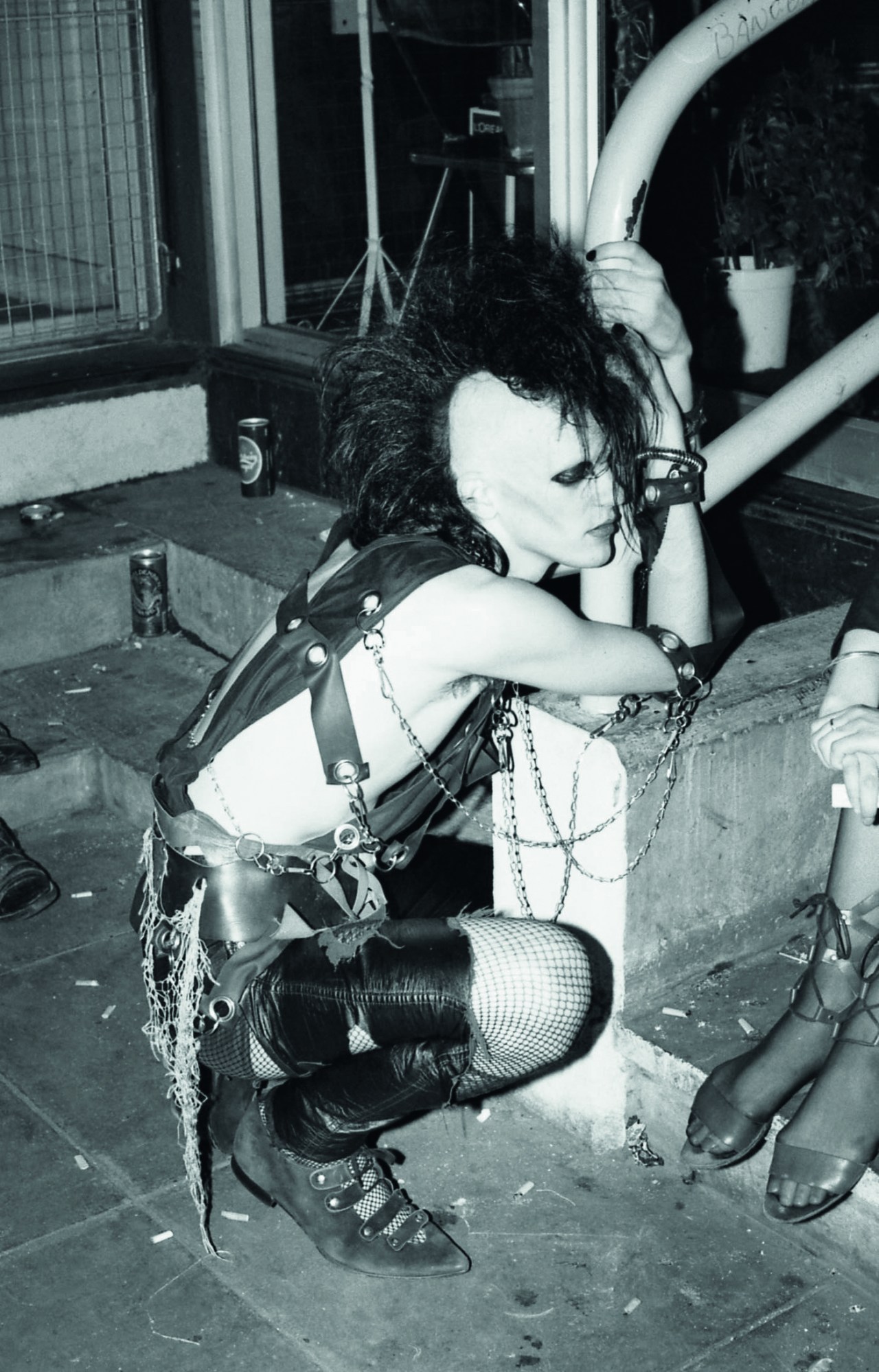
Hi Jonny. So, let’s start from the beginning. How did you first find yourself at The Batcave?
I was 18 and I was living in a remote part of the country, relying on whatever content I could get my hands on — a few magazines, a couple of radio stations and three TV stations, really. I had a friend that lived in Hertfordshire and we’d come down to London to go to [Soho club night] Le Beat Route, because she was really into Spandau Ballet and that’s where they would hang out. I enjoyed it but I was never really into the music. I was into more heavy stuff like the Virgin Prunes, Bauhaus, Killing Joke. In the summer of 82 I read about this club called The Batcave in the NME or Sounds.
What do you remember about your first time?
You had to get a lift up to the first or second floor of 69 Dean Street. The lift could only take four people at a time, so invariably there was always a huge queue around the block. The queue was good fun though. I remember the first night I went, I came all this way and was standing behind this American couple. Coming from The Fens it seemed very glamorous to me to be talking to some American people! I remember asking them if they knew who Boy George was and they were rolling their eyes like, yes, of course we do.
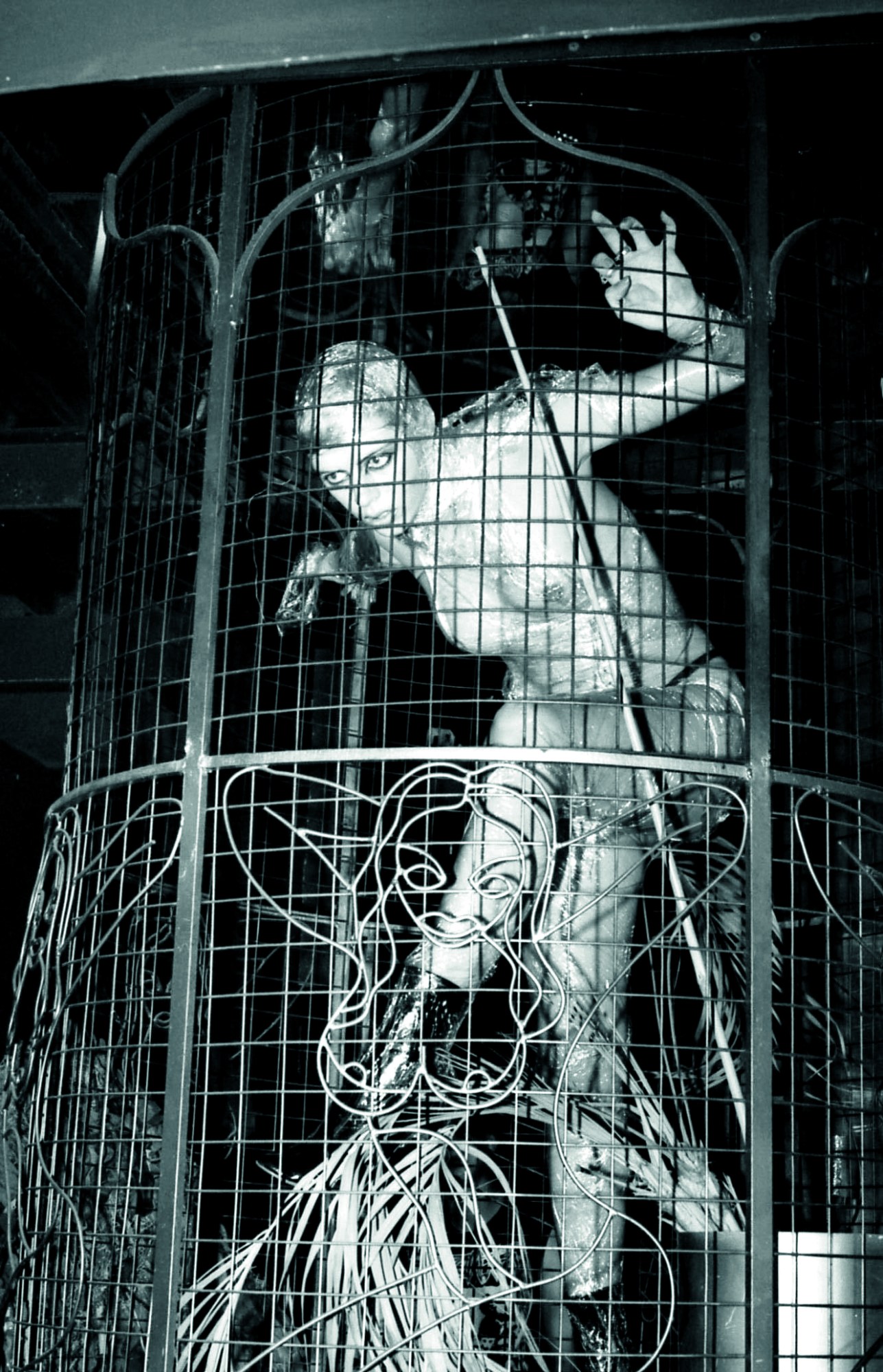
What was it like inside?
There were loads of decorations and there was a little movie theatre off to one side where they’d be showing shlock horror movies. There was one guy dressed as a zombie, who walked around beating a coffin like a drum. There were Pterodactyl-type creatures hanging from the walls. But it was very friendly and not standoffish at all. It wasn’t like how I imagined somewhere like The Blitz may have been — a bit exclusive, with people probably afraid to smile. Instead, we’d be just making friends and chatting to people. The music was fantastic, too. The resident DJ Hamish McDonald [of the band Sexbeat] was playing the best music I’d ever heard in a club, so I spent most of my time on the dancefloor. That’s why I was there. It was a really lovely, colourful, sexy, gorgeous, exciting environment.
That’s surprising — some of these concentrated scenes can be quite cliquey.
No, there was none of that. There was no one on the door saying you’re not cool enough to get in. There were very disparate tribes in there in the beginning as well. There was a kind of psychobilly contingent; there were the people who’d go to Skin Two, the fetish club that was around in the early 80s; a lot of new romantics, punks, skinheads. But there was never any trouble there.
It seems rare that there wouldn’t be friction between the different tribes.
I think the fact that it was on a Wednesday… you don’t tend to get idiots going out on a Wednesday, to be honest. They tend to go out on a Friday and Saturday night. I think there’s definitely a difference between them and the type of person that’s going to put the effort in to go out and stay up until four in the morning on a Wednesday.
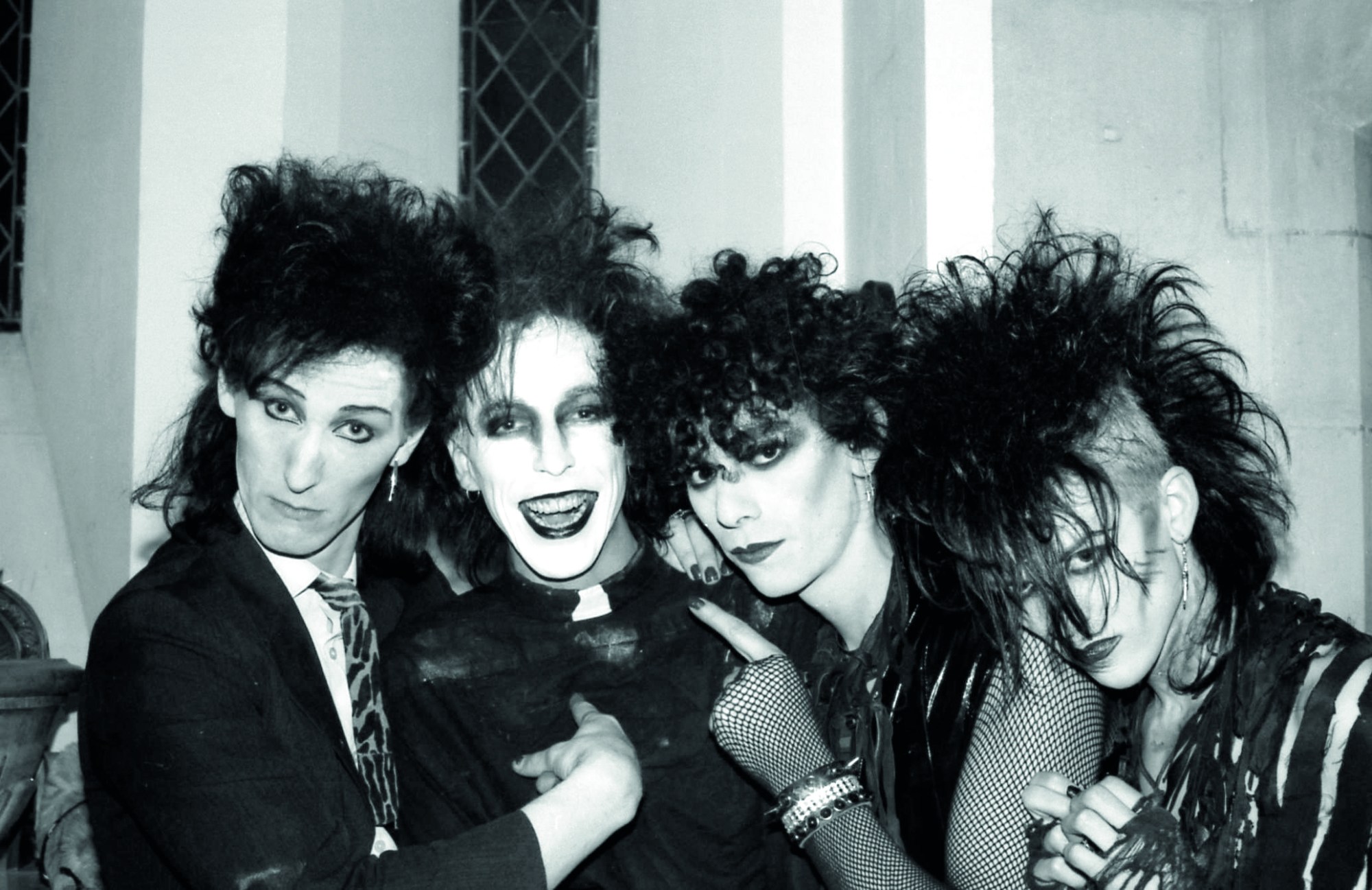
Where did your look come from?
Well, that kind of look developed. I’d only moved to London in September 1982 and what became that iconic look — the mohawk and the sort of “death face” makeup — developed over a few months. I kind of looked darkly androgynous, I guess. That was the pervasive look at the time. But not everyone looked like that, so it was kind of a unique in a way.
Do you have any favourite memories from those early years?
I remember being very thrilled to bump into Marc Almond at The Gargoyle. My friend Linda would bring her pet rat along and keep it down the front of her dress. We were chatting away to Marc Almond and then the rat, Basil, popped his head out between her boobs! Marc was like, “Oh my god it’s a rat!” and ran away!
That’s brilliant. Did it feel like something new was happening in that club?
I guess it was kind of a continuation of glam rock, punk and new romantic. It was very much the zeitgeist; the place to be in London. So, you know, you also had the fashionista element in there for a couple of years. But that was a good thing. I liked the fact that the style mags and the TV crews were down there. It just made it more fun, and it validates it in a way, doesn’t it? It’s good that these things were documented in that way, before the age of mobile phones.

Men wearing makeup and people dressing androgynously was a big part of the early goth scene. Were people exploring and experimenting with their identities and gender during that time?
Absolutely. I certainly was. My favourite band of that time were The Virgin Prunes and the first time I saw them, they just blew my mind. They had two [male] singers who were wearing dresses. They were kind of scary, very theatrical, very sexual. I haven’t got the vocabulary to describe what they did to me, but I don’t think I wore any men’s clothes for the next 10 years!
Amazing. So The Batcave grew and grew, moving to Leicester Square before eventually closing its doors for good, right?
It was pretty nomadic, I think it had six homes altogether, before ended up back at 69 Dean Street, but in the basement.
What had changed in that time?
The term goth didn’t really exist at the start of The Batcave. In fact, I don’t really remember it being bandied around until maybe 1984? It gained both positive and negative connotations. And I think by the end of 84 and 85, the club and my band certainly rallied against what the prevailing perception of goth was. I remember towards the end there was an idea to turn the Batcave pink! Everything pink. I had a lot of pink rubber outfits made and we had these big pink backdrops and stuff. So that was that was a bit of an attempt to move things on. By the time it ended, I think everyone I know was probably sick to the back teeth of whatever goth was supposed to be about and had moved onto other things. By 1985, I was much more interested in what Leigh Bowery and the Michael Clark Dance Troupe were up to. [The Batcave] had almost become a tourist destination for normies.

Do you think that was inevitable?
Yeah, anything that successful is going to boil over eventually.
How do you feel about that period now, looking back?
I’m 60 now. It’s lovely that it still means something to a lot of people; that it still has some resonance. There’s even a genre of music called Batcave now. It’s kind of weird because it was such a short period of time, but the impact on my life has been huge. Memories of it recur every day and I’m always thinking about people from that time.
Goth is just a part of the cultural fabric of the UK now. It’s strange to think that 40 years ago it was barely even a thing.
40 years ago, I couldn’t get cabs. I’d be asked to leave pubs for the way I dressed. Now goth is cuddly!
Why do you think it’s had such a long-lasting appeal?
Things like this are cyclical. The whole goth thing still resonates today, doesn’t it? You’ve got Wednesday Addams thing and so many other instances of that look and that sound that’re prevalent at the moment. You hear The Cramps and Echo and the Bunnymen and Joy Division on soundtracks of loads of programs. There are still a lot of clubs in the London that seem to have echoes of The Batcave in them, like Monster Queen and Slimelight. There’s still what you’d call a goth scene, albeit one that’s transformed into something that I think is a lot more interesting and a lot more thought-provoking these days.
The Story of the Batcave Nightclub book and LP collection is available to pre-order now and releases on February 24 2023.
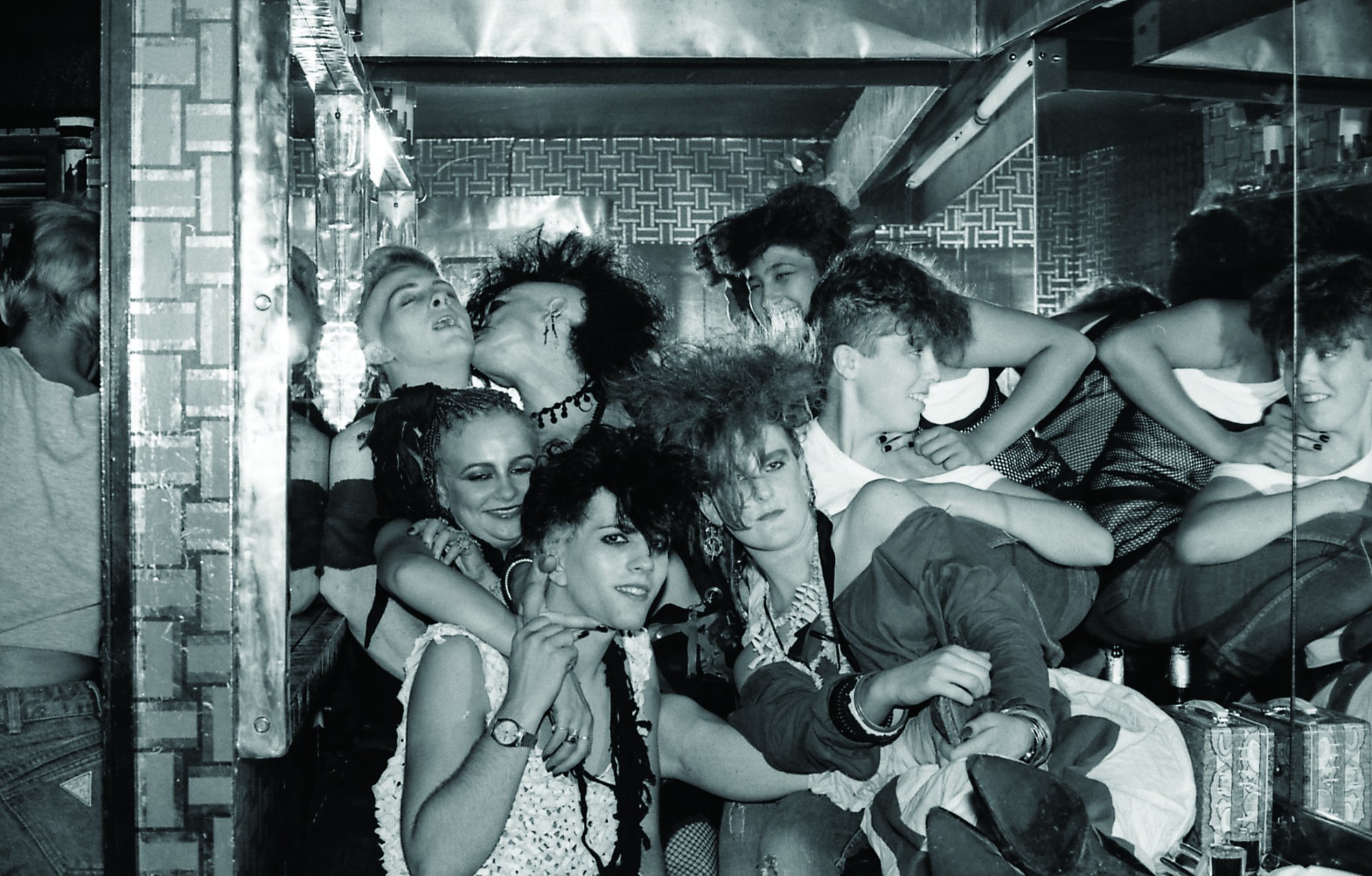
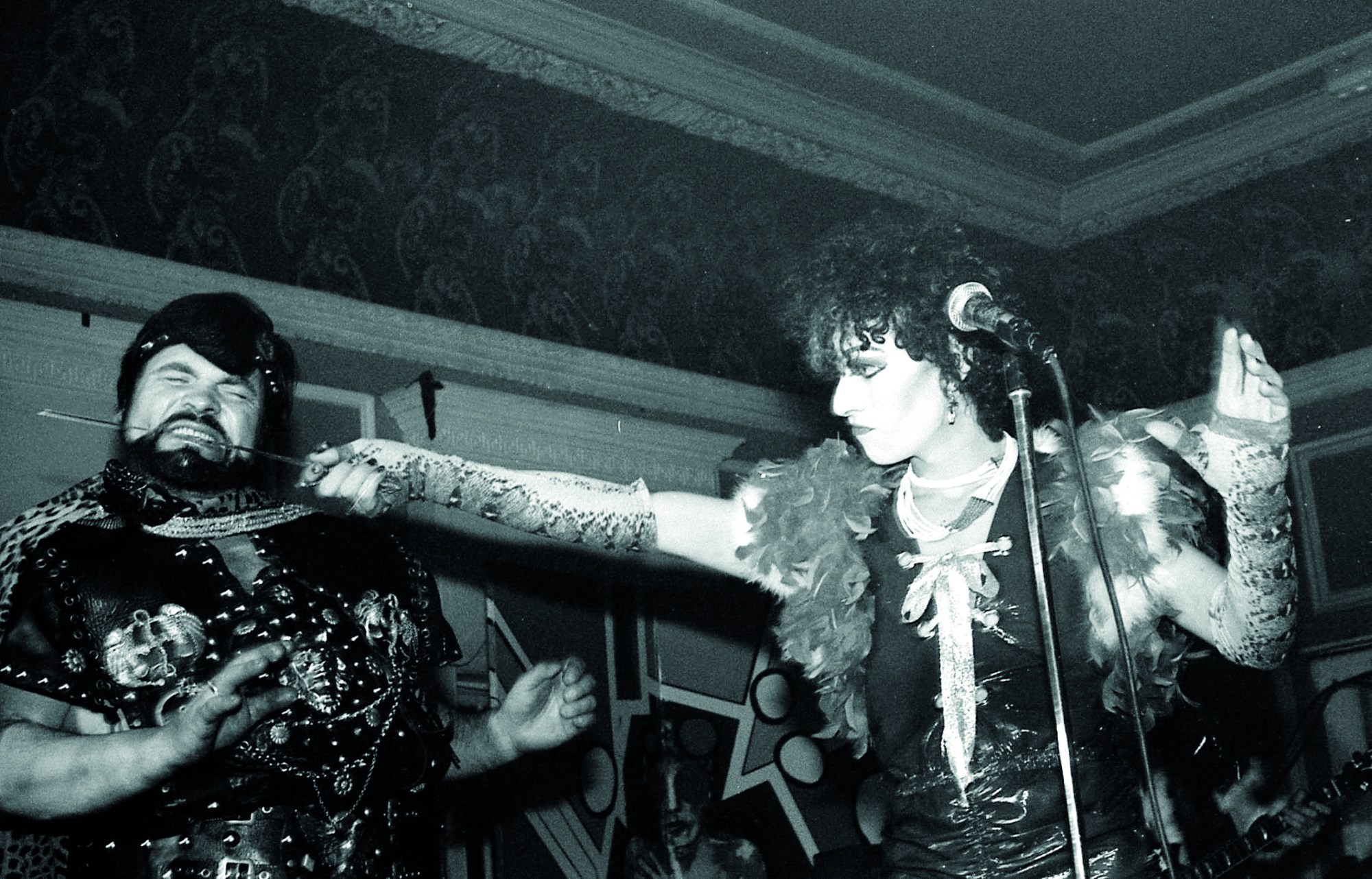
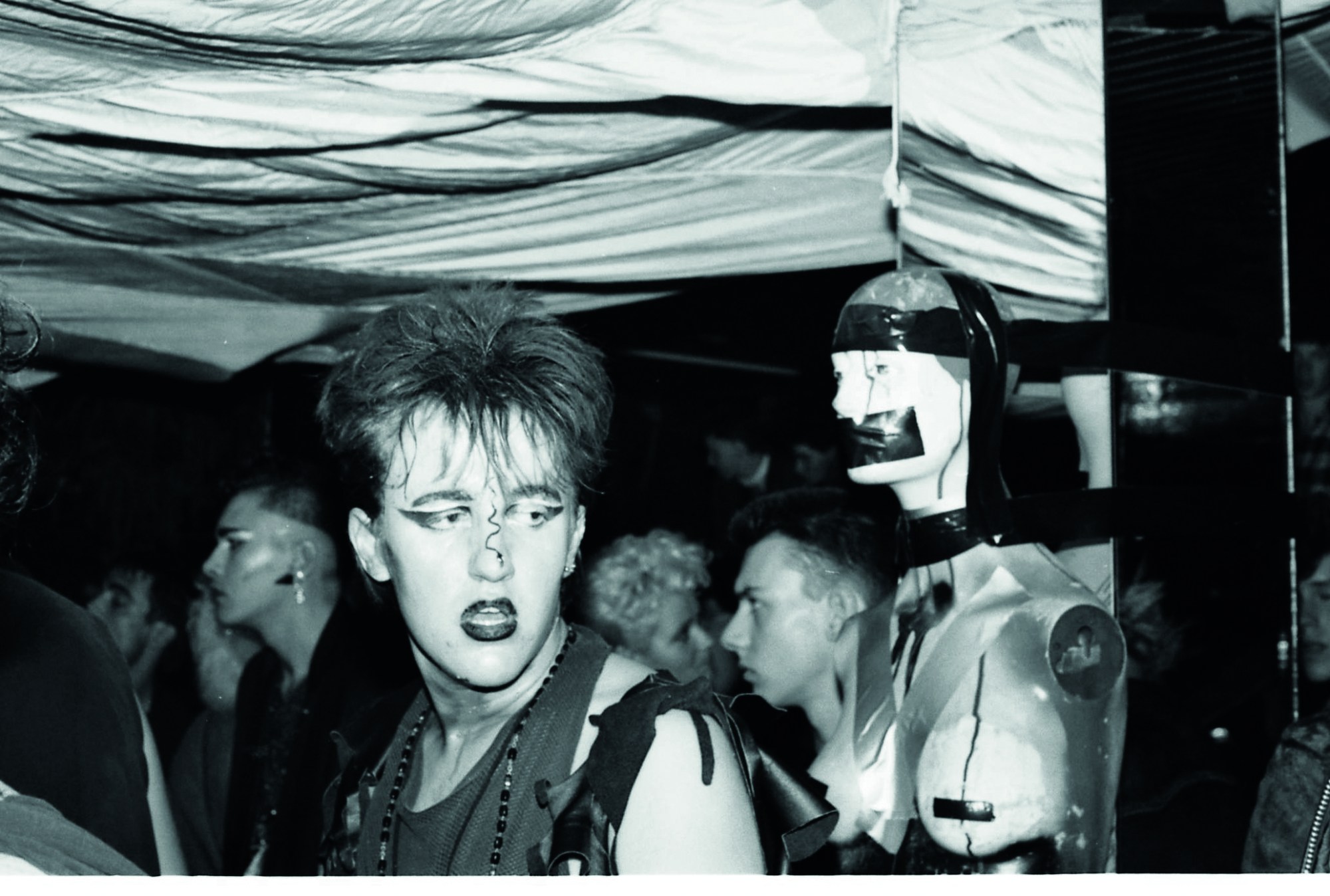
Credits
All images courtesy of the photographers


